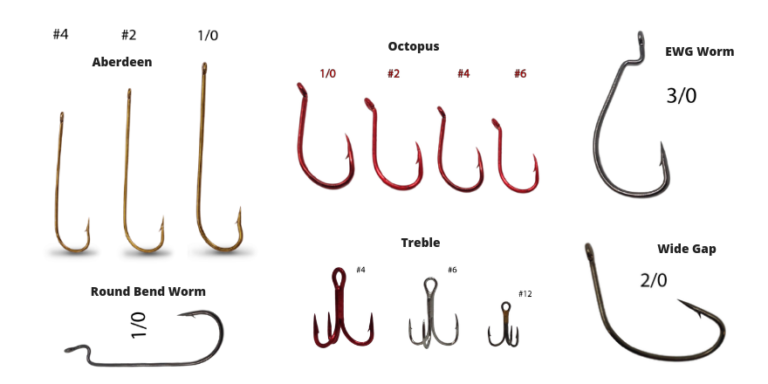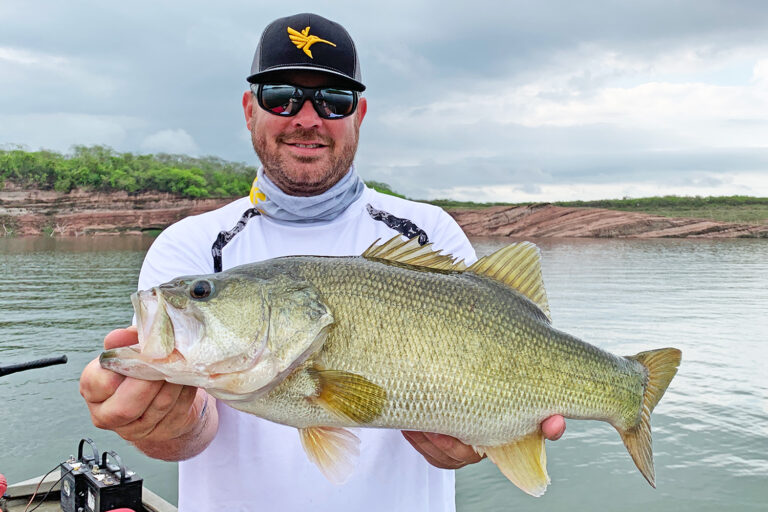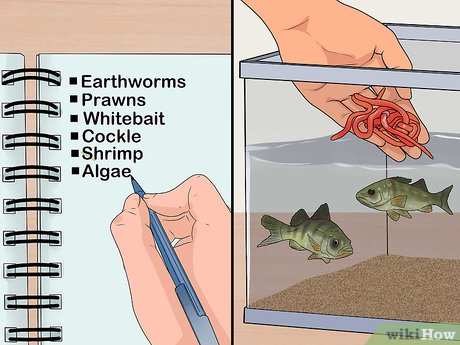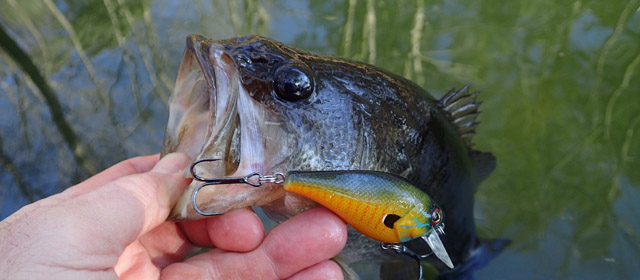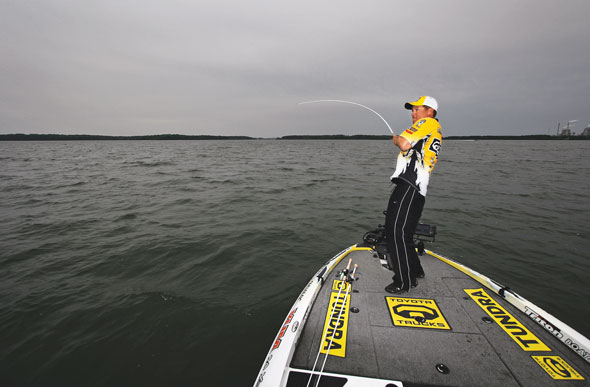What Food Do Bass Eat

Bass predominantly eat smaller fish, insects, and crustaceans. Their diet varies with availability and the specific type of bass.
Bass are opportunistic predators known for their versatile diet that adapts to their habitat. They thrive in both freshwater and marine environments, indulging in a culinary palette that includes minnows, shad, and bluegill. In the absence of these favorites, bass will turn to aquatic insects and their larvae, snacking on whatever protein they can catch.
This adaptability in their diet aids in their widespread distribution, making them a popular target for anglers. Juvenile bass start with microorganisms and insects, progressing to larger prey as they grow. Understanding what bass eat is crucial for environmental conservation efforts and enhances the strategies of sport fishers who aim to mimic the natural prey with their lures to outsmart this cunning aquatic hunter.
The Bass Diet: An Introduction
Bass are a popular target for anglers due to their diverse diet. These freshwater fish can be found in lakes, rivers, and streams. They often prefer clear, vegetated habitats for the rich source of food and cover.
Small fish like minnows, shad, and sunfish are common in a bass’s diet. They also eat insects, crayfish, frogs, and even small mammals or birds that fall into the water.
Bass adapt their feeding habits to their surroundings. In environments with plentiful vegetation, bass might hunt in shady areas. In open waters, they often lurk and ambush prey.
Understanding how bass fit into the food chain helps anglers choose the right bait. Each type of bass might have different preferences, based on their unique habitats.
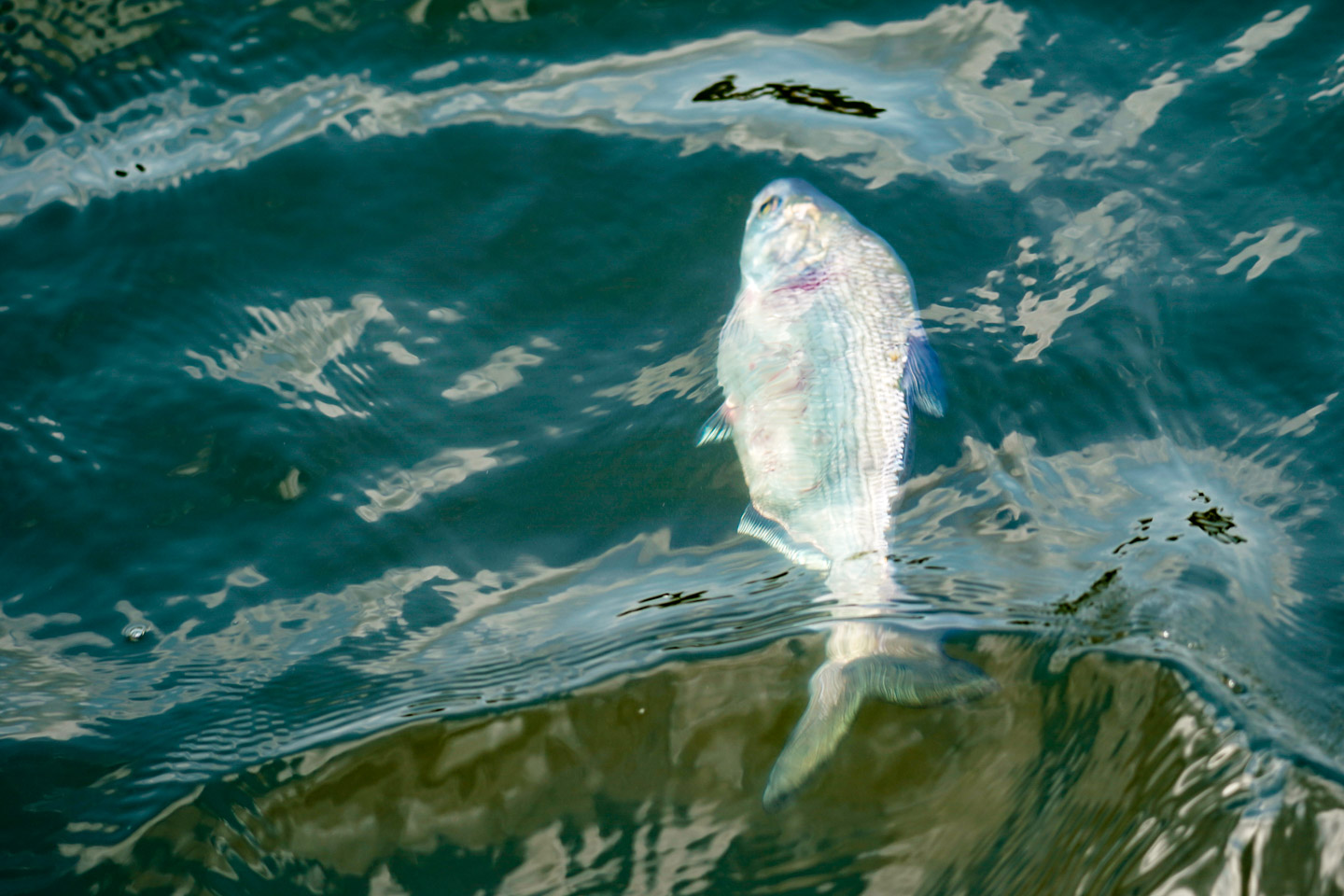
Credit: www.bassmaster.com
Natural Prey: Building Blocks Of Bass Nutrition
Bass fish love a varied diet. Juvenile bass often munch on insects and larvae. These tiny creatures are like snacks to them. Think of them as bass ‘fast food’.
Crustaceans provide a crunchy treat for bass. They enjoy the hunt and the hard shell before feasting. Crayfish are bass favorites.
Bass also devour aquatic life. They feed on everything, from tiny minnows to larger bluegills. These fish form a major part of their diet. A good meal for a growing bass.
Seasonal Shifts In Bass Feeding Patterns
Bass adapt their diet with the changing seasons. In spring, they switch to more available prey. Warmer waters cause insects, frogs, and small fish to thrive. Bass eat these for growth.
During summer, the abundance of prey like shad and crayfish offers bass rich food sources. They feed aggressively, building energy reserves.
As autumn approaches, bass prepare for winter by consuming hearty meals. Vegetation decay increases baitfish vulnerability, and bass capitalize on these conditions.
In winter, food scarcity requires bass to conserve energy. They rely on slow-moving or dying fish. They find them in deeper waters or near warm discharges.

Credit: shop.naturalwaterscapes.com
The Effect Of Environment On Bass Dietary Habits
The environment greatly shapes what bass feed on. Clear waters often house sight-driven feeders. Bass in these waters typically hunt smaller fish and insects. Conversely, murky waters challenge bass visually. Thus, these fish rely on their lateral lines to sense vibrations. In such conditions, bass may consume crustaceans and worms.
Plants in the water can affect how bass eat too. Thick vegetation offers abundant shelter for prey. This makes hunting easy for bass. But, with sparse plants, prey is less and harder to catch. So, bass have to work harder for their food.
Water temperature and oxygen also play a role. Warmer waters with enough oxygen boost metabolism. Thus, bass in these waters need more food. When waters are cold or have less oxygen, bass slow down. Here, they conserve energy and eat less.
Bass Anglers’ Insights: Mimicking Natural Prey
Bass anglers know the importance of using the right lures. Matching the natural diet of bass is key to success. Their prey includes small fish, insects, and crustaceans. Choosing lures that resemble this forage helps in encouraging a strike.
The color and vibration of a lure play a big role. Bass are attracted to lures that stand out yet seem familiar. Lures that imitate the color patterns of their prey are more likely to be bitten. Also, the right amount of vibration can signal struggling prey, which bass find irresistible.
Timing and technique are crucial. Anglers must mimic the way real prey moves in the water. Quick jerks and pauses can make a lure seem alive. The trick is to imitate living prey in a way that convinces bass to strike.
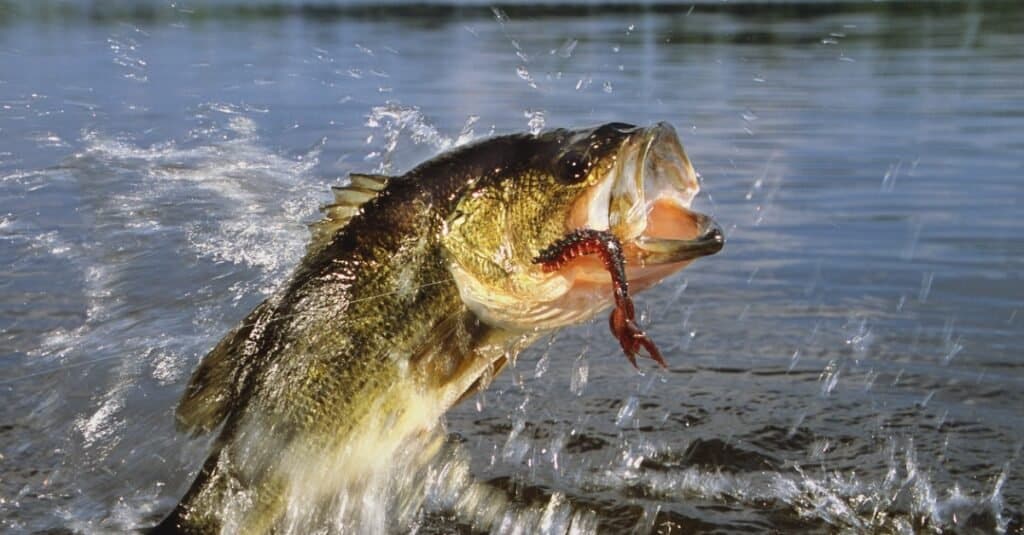
Credit: a-z-animals.com
Conservation And Sustainability: Preserving Bass Diets
Overfishing harms bass by reducing their food. It takes away shrimps, crabs, and small fish.
Protecting water habitats keeps these foods available.
Fishing responsibly ensures bass can find enough to eat. This means following laws and being mindful. Catching too many small fish depletes what bass rely on.
Fish-friendly gear and releasing young fish helps too. This maintains a healthy food web. Together, we can help bass populations thrive by making smart choices.
Frequently Asked Questions On What Food Do Bass Eat
What Do Bass Like To Eat The Most?
Bass primarily feed on smaller fish like shad and minnows. They also consume insects, crayfish, and frogs to satisfy their diet.
What Food Can You Feed Bass?
Bass can eat live bait like minnows, worms, and crawfish. They also feed on insects, smaller fish, frogs, and artificial lures that mimic their prey.
What Is The Best Bait For Bass?
The best bait for bass typically includes plastic worms, live shiners, and crankbaits. For versatile options, jig-and-pig combinations also excel.
What Is The Best Fish Food For Bass?
The best fish food for bass is a diet rich in protein, such as live bait like minnows or crawfish, along with supplemental pellets or flakes for balanced nutrition.
Conclusion
Understanding the dietary habits of bass can significantly improve your fishing trips. These adaptable predators feast on a diverse menu, from shad to crawfish. By matching your bait to their natural food, you’ll increase your chances for a successful catch.
Remember, the key to angling success lies in thinking like the fish. Happy fishing!
